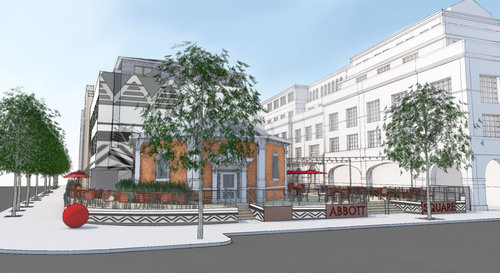
Nina Simon is the Executive Director of the Santa Cruz Museum of Art & History and author of The Participatory Museum (2010), The Art of Relevance (2016) and the popular Museum 2.0 blog. This article was originally published on Museum 2.0, March 28, 2017. Republished with permission.

When you embark on a big capital campaign for a community project, don’t ask how much the project will cost. Ask how much it’s worth.
When the Santa Cruz Museum of Art & History (MAH) started the Abbott Square project, which is a new creative community plaza in downtown Santa Cruz, we focused on how much the project would cost. We were brand new to capital fundraising, and we were nervous about what we could afford. We had no idea what it would take to do a big campaign. We knew we’d have to reach out to new donors who weren’t connected to the MAH. We’d have to find them, get them involved, and get them invested. It all sounded daunting—especially for an organization that had no development director when we started the project.
So we played it cautious. At first, we wanted to fix up the plaza and add some art. We put a $250,000 price tag on that. Then, we realized we wanted to do more, maybe add some food, definitely make spaces for performances, and improve the infrastructure for community festivals and events. That brought the price tag to $1,000,000.
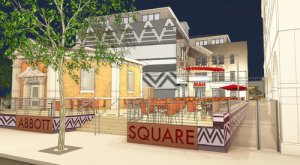
And then I sat down with a major donor—someone I hoped would give a big gift to the project. She changed my whole way of seeing the project. She taught me two crucial things:
- The project price tag is what it’s worth, not what it costs. She said, “This project is worth more than a million dollars. Having a town plaza, a place to connect in the middle of downtown, a creative gathering place—that’s huge. That’s worth a lot more than a million dollars.”
- Mega-donors make decisions based on the value and price tag of the project… not the balance in their bank accounts. She said, “Here’s how I look at things. I’m considering a project and let’s say I’ve bought in. I want to pay for a percentage of the project – let’s say 15%. So if you tell me the project costs $1,000,000, I’ll give you $150,000. If you tell me it’s $5,000,000, I’ll give you $750,000.”
Her insights blew my mind… and sent our team back to the campaign drawing board.
We made a crucial shift from scarcity thinking (“What’s the least we could do? What’s the least we could pay?”) to abundance thinking (“What’s the most we could do? What’s the full value of this project?”). Inspired by our supporters’ big dreams for the project’s potential, we started thinking bigger, too.
That donor encouraged us to think about what it would take to make the best possible version of Abbott Square. She pushed us to crunch the numbers on a meaningful food experience. We started to pencil out what it would cost to fill the plaza with great events and art activities every week. We talked to other donors to gauge what they thought the project was worth.
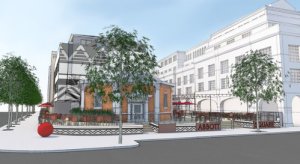
We got to $5,000,000.
We didn’t get there by inflating the budget. We didn’t get there through cost overruns. We got there by finding people who dreamed of a creative gathering place, listening to them, believing in their aspirations, and matching the scale of the project to the value they told us was there. We raised all $5,000,000, ahead of schedule. (And that donor? She gave $800,000.)
Now when people talk with me about their capital campaigns, I don’t ask how much the project will cost. I ask how much it’s worth—to their donors, and more importantly, to their community.
If the project is worth as much or more than it costs, you’re in for a pleasure of a fundraising campaign. If it’s worth less than it costs, hit the pause button and ask yourself—why are we doing this? Who is it for? How can we make it something so valuable to our community that it will feel more than worth the cost?
Curious about Abbott Square? Nina has a multi-part series on her Museum 2.0 blog about envisioning this new creative space in Santa Cruz.
About the Author
Nina Simon has been called a “museum visionary” by Smithsonian Magazine and a Silicon Valley Business Journal “40 under 40” for her audience-centered approach to design. As the Executive Director of the Santa Cruz Museum of Art & History, she led an institutional turnaround based on grassroots community participation. Nina is the best-selling author of The Participatory Museum (2010), The Art of Relevance (2016) and the popular Museum 2.0 blog. Previously, Nina worked as an independent consultant and exhibition designer with over one hundred museums and cultural centers around the world. Nina began her career at the International Spy Museum in Washington, D.C. She lives off the grid in the Santa Cruz mountains with 14 people, 27 chickens, 5 dogs, and 1 zipline.[/cs_text][/cs_column][/cs_row][/cs_section][/cs_content]
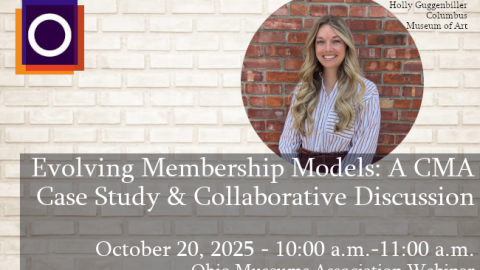
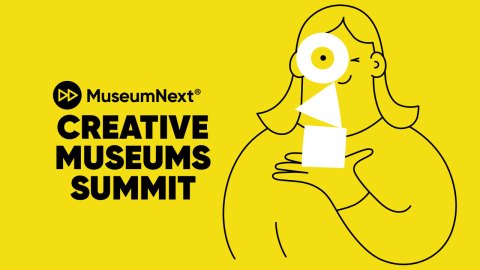

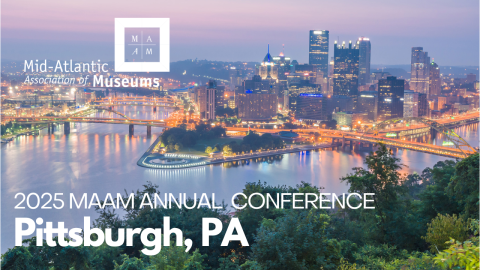

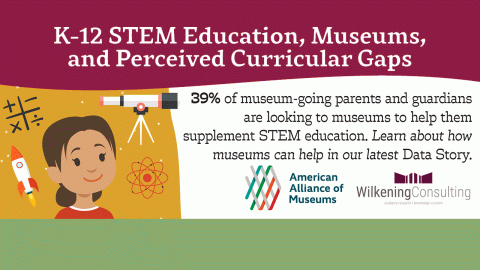
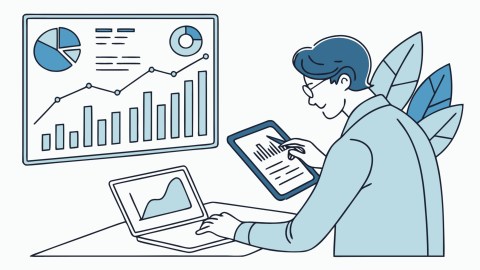
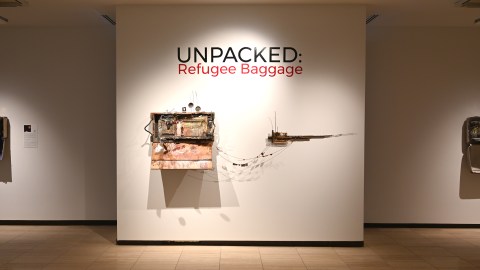
This is inspiring, as an employee at a museum looking to move ahead on a capital campaign for major renovations in our main gallery space. What was the valuation process in determining the worth of experiences provided in the Abbot Square space? How do you come up with those numbers & quantify those experiences? Surveys of what visitors would spend on a night out or at a special event?
Great question, Danielle. It wasn’t quantifiable in a linear way. Basically, we just kept learning how high the demand was for this project.
The PPS study–where we did focus groups with over 100 diverse stakeholders–helped identify specific amenities and goals people wanted to see in the plaza, but the “value” conversation really came from hearing again and again about the demand. For example…
–people who were only vaguely interested in the museum were eager to talk about the plaza
–many diverse people had their own dreams and pent-up desires for the plaza
–oldtimers talked wistfully about a community plaza from long-ago and wished for something like it to return
–newcomers talked with frustration about the need for a place to meet friends and connect
–families talked about how they don’t come downtown but wish they had a place to do so
–people who had never donated to the museum gave generously to this project
We couldn’t invent that demand. We could–and did–sell this particular project as the fulfillment of their demand. But the demand came from them. That’s where the value was.
So I would ask you: is there demand for renovations to your main gallery space? How much? From whom?
Congratulations on your success, and thank you for this insight, Nina. I discovered this article at an optimal time. I was just brought on board as the first-ever development director for a botanical garden and wildlife sanctuary. We are in sore need of replacing our failing infrastructure, and thus are going to work on a capital campaign.
Questions…
“The Participatory Museum” sounds like it addresses how you interact with your community to develop design of space. I assume it also speak to turning community members into museum advocates? It seems like one begets the other. Yes?
And how long did it take you to raise the $5M?